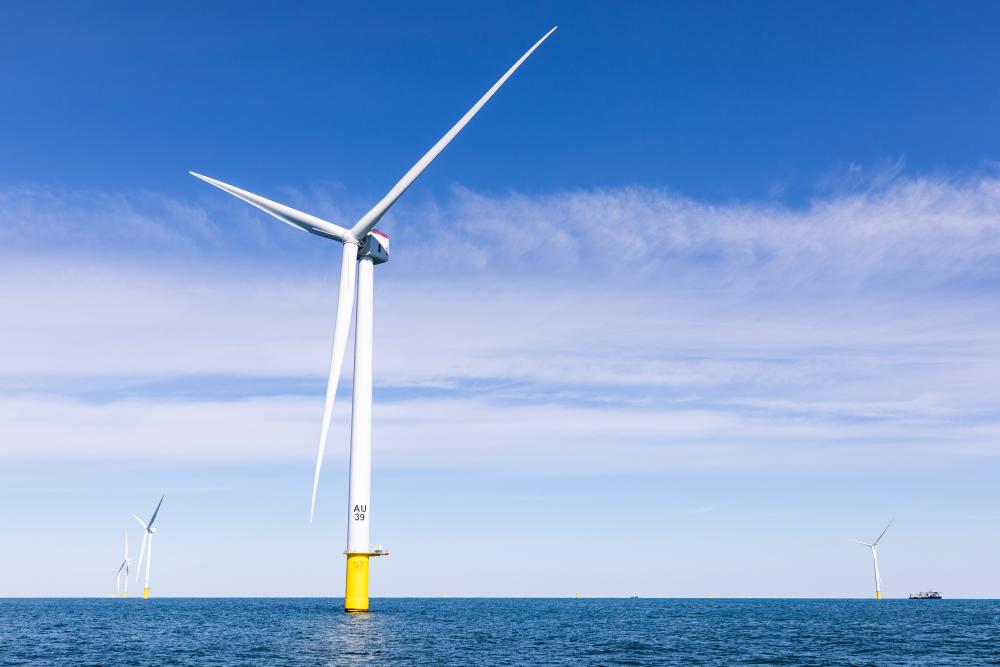In response to a July blade failure, GE Vernova is set to remove and reinforce blades at the Vineyard Wind 1 offshore wind farm in the US.
The companies have activated their incident and response plan, announced in August.
This plan includes removing the damaged blade from turbine AW-38, clearing debris, conducting environmental studies, preparing blades for service, and resuming operations at the 800 MW Vineyard Wind 1 project.
The blade removal operation, developed with Resolve Marine, has completed the first three tasks. The fourth task, seabed debris removal, started on 13 October and is expected to finish this week.
The final task, removing the blade root from the rotor hub, is planned in the coming weeks.
The plan also describes GE Vernova’s three-stage process for blade readiness.
Following thorough quality checks, including over 8,300 ultrasound images per blade and physical inspections using “crawler” drones, GE Vernova will remove or strengthen blades at Vineyard Wind as necessary for safety and operational readiness, stated Vineyard Wind.
Since receiving authorization in mid-August to resume work, eight new towers and nacelles have been installed by Vineyard Wind, a joint venture between Avangrid and Copenhagen Infrastructure Partners (CIP).
On 22 October, approval was granted to resume installing new blades on turbines once safety conditions are met.
“Progress will continue on these elements before installation,” said Vineyard Wind.
The 800 MW offshore wind farm consists of 62 GE Vernova Haliade-X 13 MW turbines, each featuring a 220-meter rotor and 107-meter blades.
Wind turbine installation began last year, and the first power was generated in January 2024.
By the end of June, ten turbines delivered over 136 MW to the Massachusetts grid, making Vineyard Wind 1 the largest operating offshore wind farm in the US.
“The safety of our team, communities, and environment remains a priority. The assessments over the past three months will enhance the project’s safety and strength going forward,” said Klaus Moeller, Vineyard Wind CEO.
Original Story at www.offshorewind.biz
